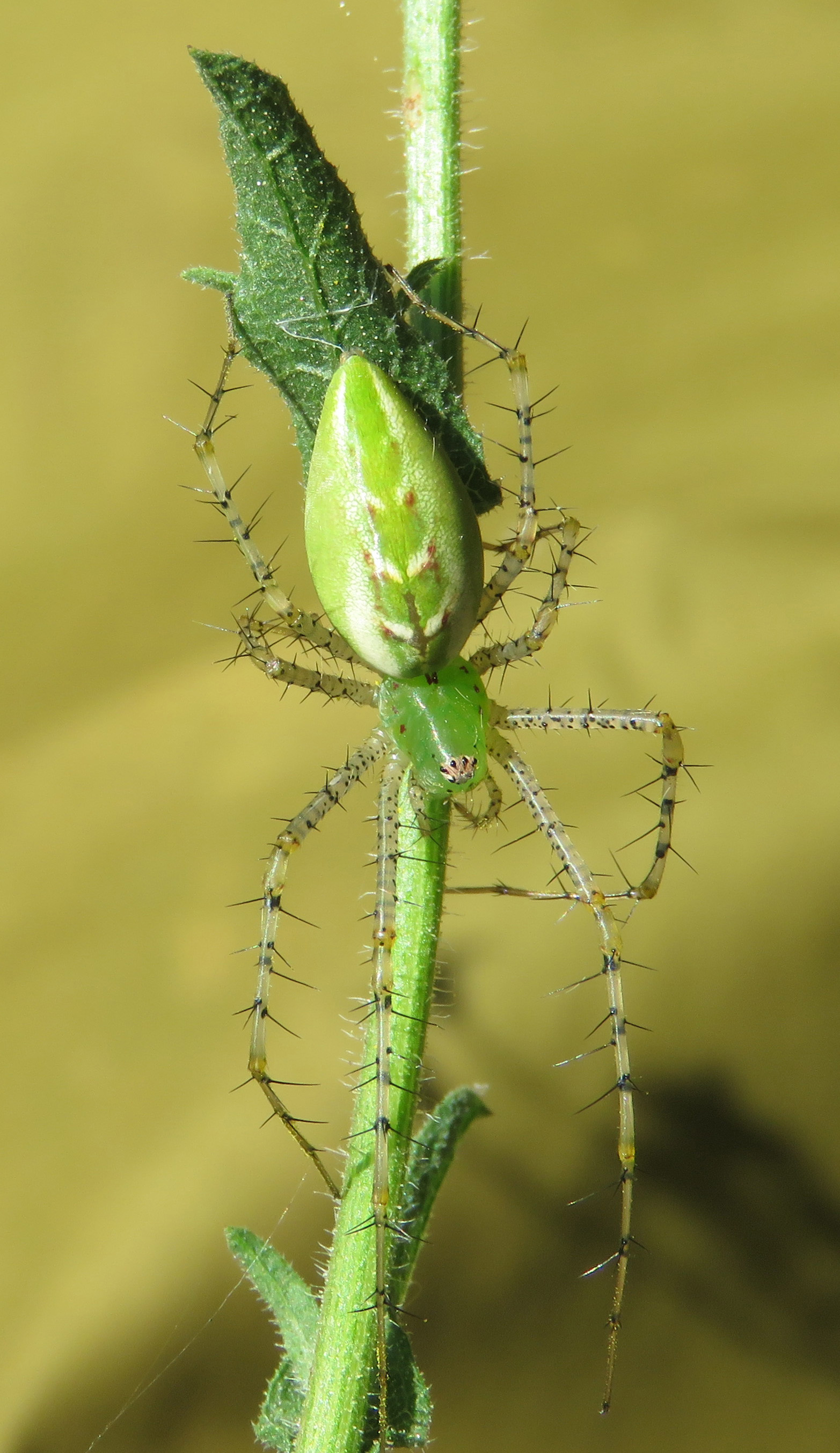The Best Things in the Garden
My vegetable garden is pretty overgrown, and it’s too hot to cook anything anyway. The best garden investment I made was a 99 cent package of zinnia seeds. Every day lots of bees and butterflies gather on the zinnias.

Okay, this one was on a path, not the zinnias, but I wanted to show it for comparison. It looks a lot like a pipe-vine swallowtail, but it is a spicebush swallowtail, Papilio troilus. It has a row of strong white dots on its top side.

Back to the zinnias. This is a tiger swallowtail, Papilio glaucus. Its lifespan as a butterfly is only two weeks!

I think this is a fiery skipper, Hylephila phyleus, but it might be a whirlabout, or another type of skipper. It’s less than a inch big (3.5 cm).

This reminded me of a condo, with a gulf fritillary living on the top floor, with bees on the bottom two. The gulf fritillary is one of the butterflies I see most often.
The bees seem tired lately. I keep finding them just hanging on underneath a flower, or even curled up inside.
After I go out into the garden and take lots of pictures while avoiding weeding, I come back in and try to identify what’s out there.
I find that general butterfly books are too confusing – there are so many butterflies that look alike. I like to use local guides instead, so I don’t have to weed through pages and pages that don’t even apply. To come up with the identifications here, I used Butterflies of Houston and Southeast Texas by John and Gloria Tveten (University of Texas Press), and a couple of laminated sheets – Flash Guide 4 and 5, from the Texas Cooperative Wildlife Collection. I have the Audubon butterfly ID app for Kindle, but I have had a lot of trouble with it – when I make choices in a few search fields (like region, family, and habitat), I get 37 results, and then if I add just one more search field (like color or size), I get zero results. I use their bird app all the time, but with the butterfly ID app, I have to know what I’m looking for before I go to it to check their photos.
I hope you’re also finding wonderful things this August!

























Nice nice very nice…
Gorgeous photos!
Thanks! I can get a lot closer to them than I can to birds! 🙂
Amazing photos. Butterflies are so glorious. Thanks for sharing these, they are well done.
Thank you. In May of 2012 I took pictures of lots of butterflies around here, and thought I had captured all the ones we have – but, except for the gulf fritillary, these are all different species than we had then. I never thought about butterflies having seasons like birds do!
Thanks for sharing your great pictures!
Thanks! I’m glad you like them.
Wonderful photos!
Thank you for stopping by to check them out!
The photos of butterflies and bees in the flowers are spectacular. Step aside Ansel Adams.
Can you imagine what he would have accomplished with a digital camera?!